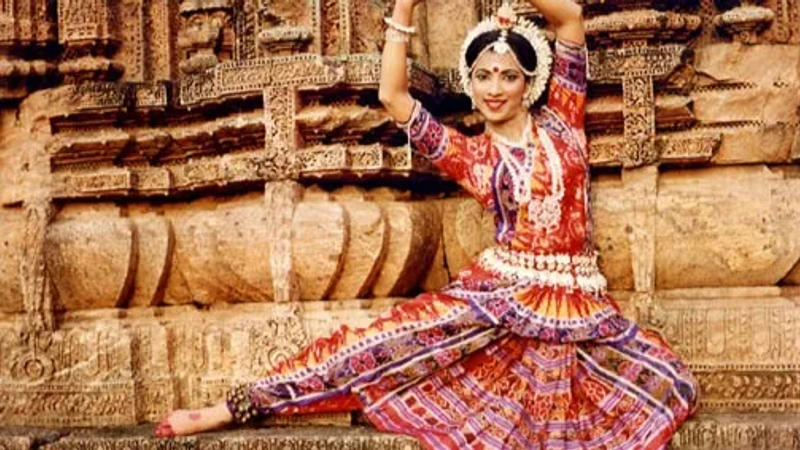Published 12:24 IST, December 19th 2023
Significance of ghungroo in classical dances - Giving rhythm to the art
Ghungroo is more than a mere accessory; it is a symbol of rhythm, cultural heritage, and the spiritual essence of classical dance.

Indian classical dances are beautiful to look at. But that is not the only quality of these culturally rich performances, the sounds and rhythms of classical dances give you a sensory experience that is unforgettable. From the musical instruments to expressions of the performers and the unique costumes, everything is picture perfect.
In many classical dances, the ghungroo holds significance as a quintessential accessory. These small, metallic bells strung together on a cord are tied around the ankles of dancers, producing a melodic and rhythmic accompaniment to their movements. The ghungroo plays a multifaceted role, contributing to the aesthetic, cultural, and rhythmic dimensions of classical dance forms.

Rhythm
The primary function of the ghungroo is to enhance the rhythmic elements of classical dance. As a dancer moves, the ghungroo produces a percussive sound, creating intricate and syncopated rhythms that complement the music and footwork. The skilled usage and “taals” of ghungroo add layers of complexity to the dancer's performance, making it a dynamic and rhythmic spectacle.
Aesthetics
Beyond its auditory contribution, the ghungroo holds aesthetic value. The visual spectacle of dancers adorned with these ankle bells adds grace and charm to the performance. A dancing costume seems incomplete without the addition of ghungroo.
Cultural tradition
The use of ghungroo is deeply rooted in Indian cultural traditions and classical dance forms. Different dance styles, such as Bharatanatyam, Kathak, Kuchipudi, and Odissi, incorporate ghungroo in unique ways, reflecting the diversity of India's classical dance heritage.

Footwork
Classical dances place a significant emphasis on intricate footwork, and the ghungroo accentuates these movements. The rhythms created by the striking of the feet against the ground, combined with the jingling of the ghungroo, become an integral part of the dance vocabulary. This synergy between footwork and ghungroo contributes to the storytelling aspect of classical dance.
In essence, the ghungroo is more than a mere accessory; it is a symbol of rhythm, cultural heritage, and the spiritual essence embedded in classical dance. As dancers weave intricate stories with their performances, the resonant rhythm of the ghungroo becomes a marker for the glory of the performance.
Updated 12:24 IST, December 19th 2023



